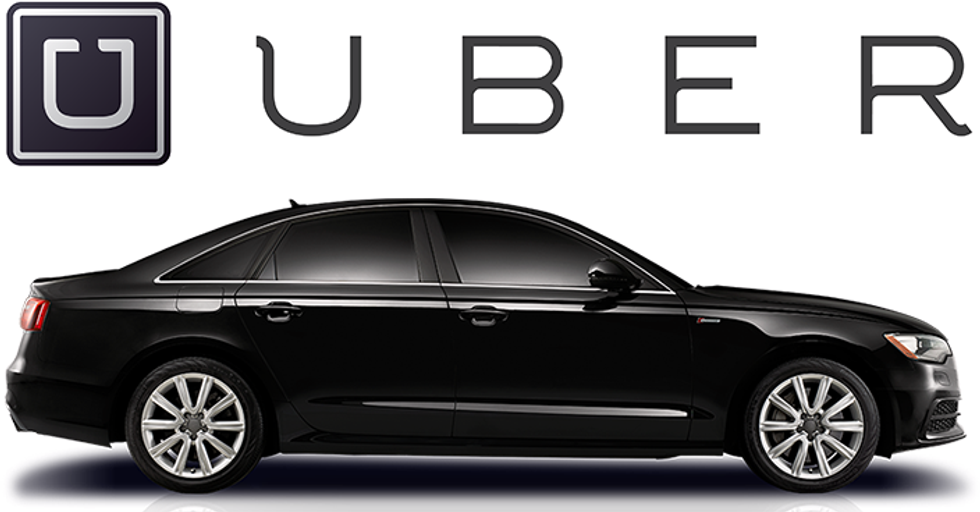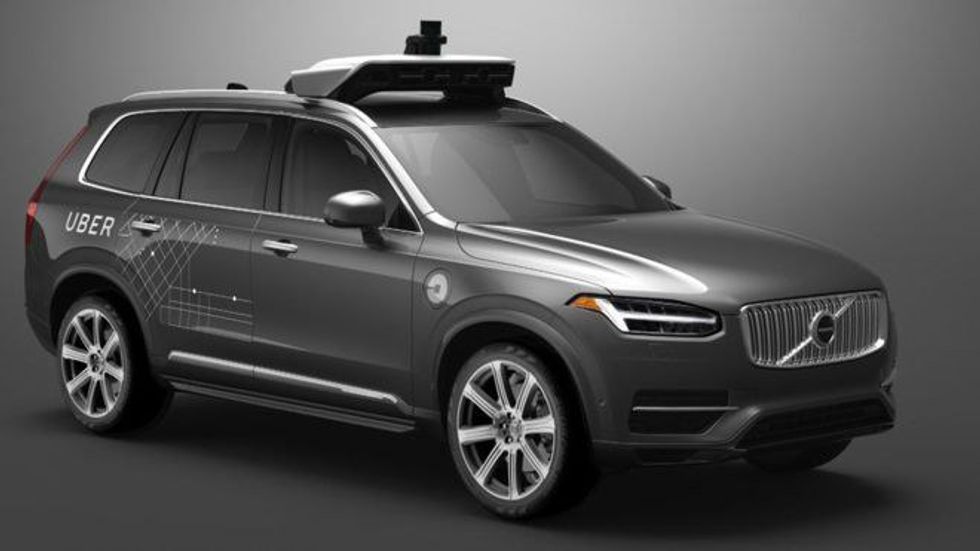Real-time ridesharing has become incredibly popular over the past few years. For those who are not familiar with real-time ridesharing, it is a service that arranges for a one-way ride on very short notice. Generally, this arrangement is made on a smartphone application. Uber and Lyft are two of the most popular real-time ridesharing applications on the market today. With these apps, the user simply enters in both start and end locations—start locations are generally automated using the smartphone’s GPS—then a driver will come to pick the user up from the start location and drop them off at the end location for a small charge.
Uber, is probably the most advanced ridesharing app on the market. American based, this company allows you to do much more than simply order a ride; With Uber, users can specify whether they want a private car, a taxi-like service or the original rideshare. Additionally, the app has clear pricing and one-tap ride services. With 2 billion rides taken in 400 cities in 70 different countries, Uber’s worldwide client pool is growing quickly. Knowing their popularity, it was only a matter of time before Uber took the ridesharing market by storm. Now, Uber has teamed up with Volvo to released something that shocks us all: the self-driving rideshare.
In 2015, Uber announced that it was teaming up with Carnegie Mellon University to set up a lab called Uber Advanced Technologies Center in Pittsburgh. Jeff Holden, Uber’s chief product officer said that focusing on self-driving cars will be a profitable investment for Uber’s future.
A little over a year later Uber is launching public trials of self-driving cars in Pittsburgh. This month, the Uber-Volvo partnership finally launched the $300 million project—currently involving only Uber and Volvo but not restricted to just these two companies—that will give American’s the chance to ride in a self-driving car. The project is designed to help Volvo test their self-driving car, the Volvo XC90, on public roads as well as move the ridesharing business forward into the future.
Does this sound far-fetched? Well, it is not. The 2017 Volvo XC90 is already on Swedish roads. By the end of 2017, 100 of these self-driving Volvo’s will be released for use on public roads here in the US; a portion of these cars will be Ubers.
For now, only six self-driving Ubers are released and ready for use in Pittsburgh. Additionally, Uber users cannot request self-driving cars at the moment. They are being doled out randomly. But do not worry, Pittsburgh users will have to opt-in and say they would like to ride in one of these cars before Uber will dispatch one to them. On top of that, each of these self-driving cars is equipped with an Uber employee in the driver’s seat for safety and a co-pilot in the passenger’s seat for monitoring. Uber and Volvo are making sure that each ride is safe and that if malfunction occurs, there is someone on site to intervene. Furthermore, users who are picked up in these self-driving cars will get this ride for free. By the end of the year, Uber and Volvo hope to get 100 of these driverless cars on public roads.
According to research done by Boston Consulting Group, only 48% of American’s are willing to ride in a self-driving car.
Are you one of them?
























